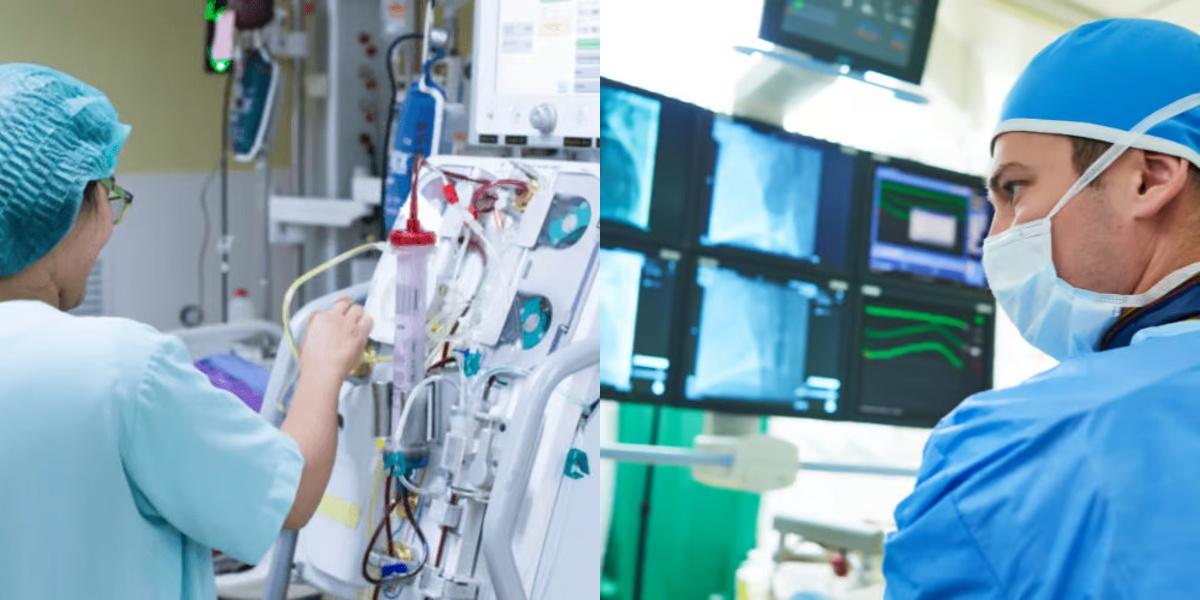Hemodialysis Technician vs Radiology Technician

When it comes to vocational training, there are many options to choose from. Two popular choices in the healthcare field are hemodialysis technician and radiology technician. Both careers offer rewarding opportunities to work with patients and make a difference in their lives. In this blog post, we will explore the differences between these two professions and provide insights into their job descriptions, education and training requirements, as well as career outlook and salary expectations.
Hemodialysis Technician vs Radiology Technician: Career Outlook and Salary
Hemodialysis Technician:
- Career Outlook: The demand for hemodialysis technicians is expected to grow due to the increasing prevalence of kidney disease and the aging population. As more people require dialysis treatments, there will be a need for trained professionals to operate and maintain dialysis machines. Job opportunities for hemodialysis technicians can be found in dialysis centers, hospitals, and other healthcare facilities.
- Salary: The median annual wage for hemodialysis technicians is around $40,870, according to the Bureau of Labor Statistics. The salary can vary depending on factors such as experience, location, and the type of healthcare facility.
Radiology Technician:
- Career Outlook: The job outlook for radiology technicians is also promising, with a projected growth rate of 7% from 2019 to 2029. This growth is attributed to the increasing demand for diagnostic imaging and the need for skilled technicians to perform these procedures. Radiology technicians can find employment in hospitals, clinics, imaging centers, and other healthcare settings.
- Salary: The median annual wage for radiologic technologists is approximately $62,280, according to the Bureau of Labor Statistics. The salary can vary depending on factors such as education, experience, location, and the type of healthcare facility.
Final Thoughts
Both hemodialysis technicians and radiology technicians play vital roles in the healthcare field. While hemodialysis technicians focus on providing direct care to patients with kidney failure, radiology technicians capture diagnostic images that help doctors diagnose and treat various medical conditions. The choice between these two professions ultimately depends on individual interests, career goals, and the desire to work closely with patients or focus on technical expertise. Regardless of the path chosen, vocational training in either field can lead to a fulfilling and rewarding career in healthcare.
Dreambound extends its programs to diverse locations. Delve deeper into information about these two vocations by visiting:

Blessed Joy Amarga is part of the Growth and Sales teams at Dreambound. She helps bring in new leads, increasing the number of people at the top of the sales funnel, and supporting the team in creating graphics to boost social media engagement. Blessed is also a Licensed Architect. Outside work, she enjoys traveling and exploring new places for her vlog.




